When we let our babies and young children know that all their emotions are OK, we help them experience what healthy relationships feel like and build their self-esteem. We do this by striving to be patient and present to all their feelings, even the big and intense ones. Over time, babies and young children learn about expressing emotions and eventually how to regulate and manage them. These are skills that will support them across all aspects of life!
When we let our babies and young children know that all their emotions are OK, we help them experience what healthy relationships feel like and build their self-esteem. We do this by striving to be patient and present to all their feelings, even the big and intense ones. Over time, babies and young children learn about expressing emotions and eventually how to regulate and manage them. These are skills that will support them across all aspects of life!
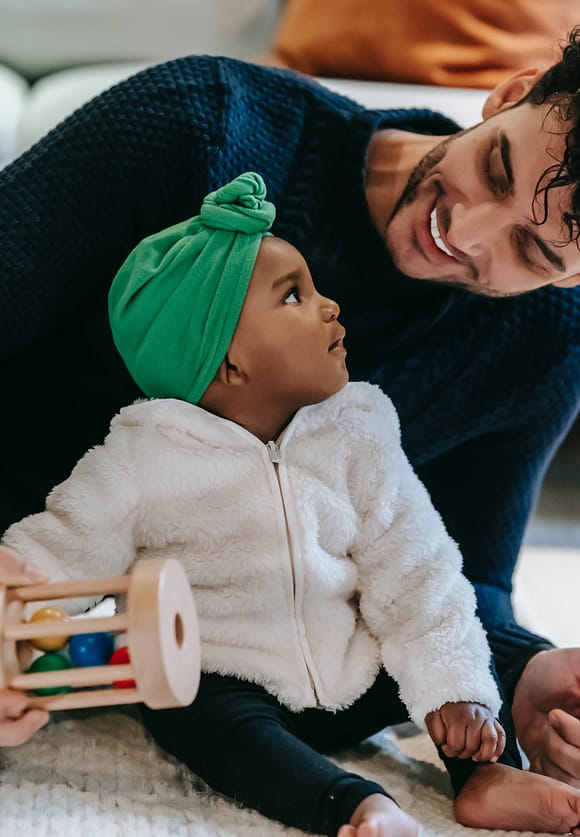
What do you notice when your baby is experiencing different feelings? What expression do you see on their face? Does their body look and feel relaxed or perhaps it’s tense and rigid? What sounds are they making? Do they seem to be showing interest or perhaps are turning away or turning towards you? How do you feel when your baby is experiencing different emotions? How does your baby respond differently depending on your emotional state? What do YOU need to feel supported when experiencing intense, strong emotions?

What do you notice when your baby is experiencing different feelings? What expression do you see on their face? Does their body look and feel relaxed or perhaps it’s tense and rigid? What sounds are they making? Do they seem to be showing interest or perhaps are turning away or turning towards you? How do you feel when your baby is experiencing different emotions? How does your baby respond differently depending on your emotional state? What do YOU need to feel supported when experiencing intense, strong emotions?
Click the boxes below to discover what a joyful baby does
…a relaxed body posture; alertness with a content or relaxed facial expression with eyes open and bright.
…gazing (by 2+ months); smiles, cooing, and babbling (by 4+ months). They may become more animated and flap their arms or legs with excitement!
…laughter or squeals of delight; baby may also show interest and desire to explore their surroundings or engage in play.
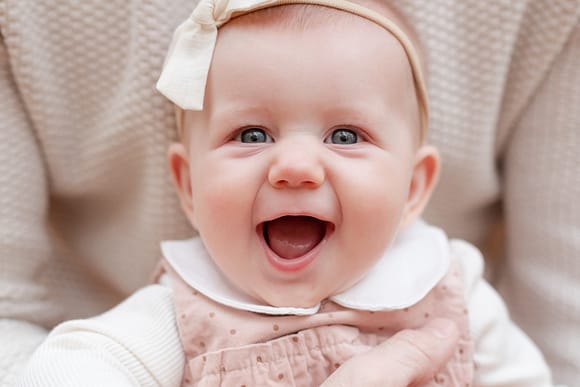
Click the boxes below to discover what a joyful baby does
…a relaxed body posture; alertness with a content or relaxed facial expression with eyes open and bright.
…gazing (by 2+ months); smiles, cooing, and babbling (by 4+ months). They may become more animated and flap their arms or legs with excitement!
…laughter or squeals of delight; baby may also show interest and desire to explore their surroundings or engage in play.
Click the boxes below to discover what a frustrated baby does:
…a stiffened body posture, arching away or averting their gaze; a focused, fretful, frowned or pouty expression; fussing, whimpers or cries; (by 2+ months) baby may bring their hand to mouth in an attempt to self-sooth.
…reactively tantrum, throw objects, hit or bite; they may also seek a caregiver for comfort, assistance or reassurance though they are increasingly independent.
…attempts to comfort or assist at first requiring a little physical space while they work to self-sooth coupled with the knowledge you are close by and ready to support when ready or needed.
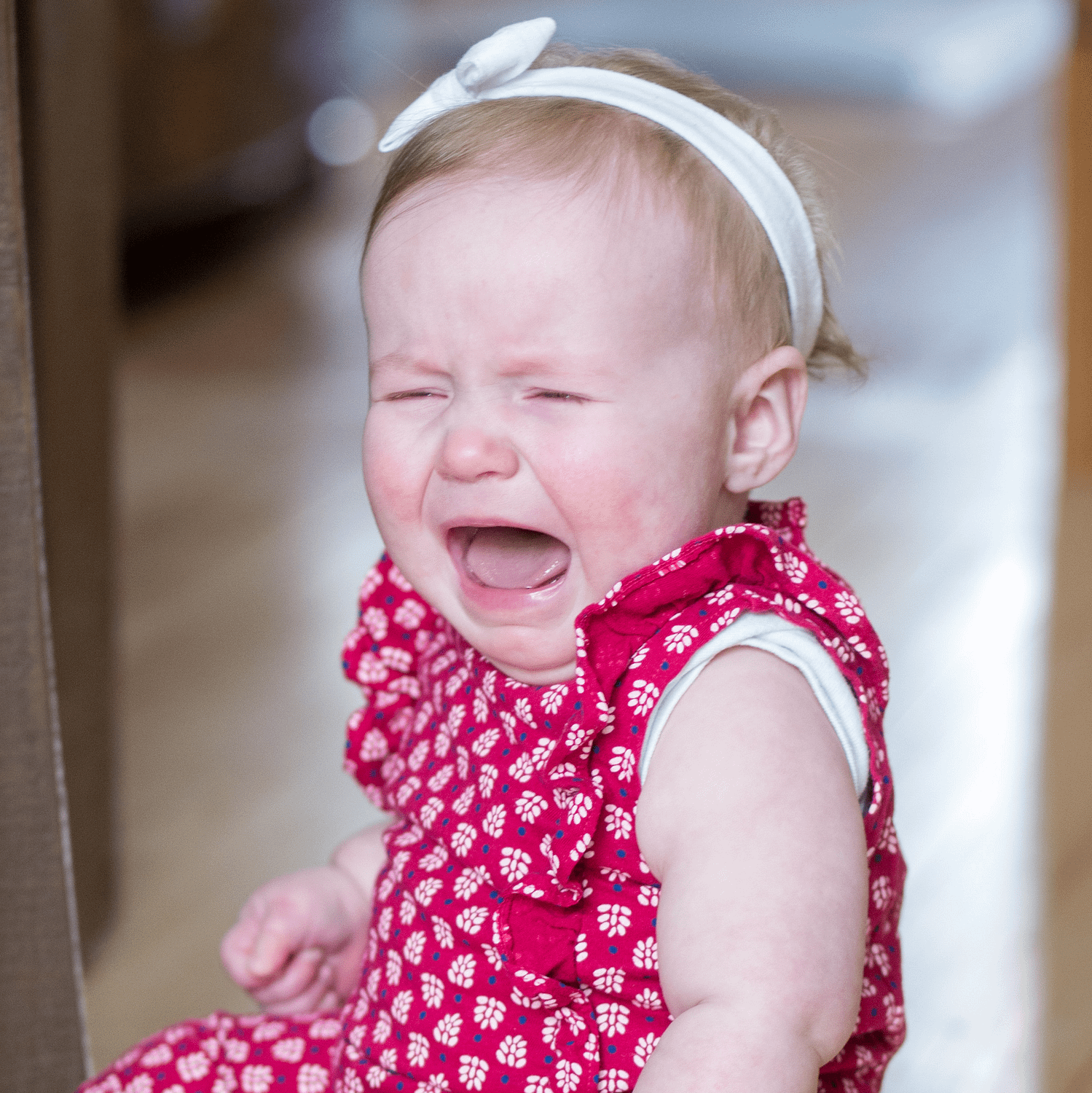
Click the boxes below to discover what a frustrated baby does:
…a stiffened body posture, arching away or averting their gaze; a focused, fretful, frowned or pouty expression; fussing, whimpers or cries; (by 2+ months) baby may bring their hand to mouth in an attempt to self-sooth.
…reactively tantrum, throw objects, hit or bite; they may also seek a caregiver for comfort, assistance or reassurance though they are increasingly independent.
…attempts to comfort or assist at first requiring a little physical space while they work to self-sooth coupled with the knowledge you are close by and ready to support when ready or needed.
Click the boxes below to discover what a proud baby does:
…self-confidence in their ever-increasing capabilities, which can be a great source of excitement and pride for baby and caregivers alike.
…joyful one, they often display an animated, alert engagement coupled with a triumphant look. They will attempt to share in their source of pride, looking to surrounding caregivers and peers to delight in their accomplishment with them. They’ll display even larger grins and becoming even more animated and vocal when their feelings are reciprocated.
…support baby’s exploration and returns for comfort and reassurance will support a developing self-confidence that they will also eventually carry with them wherever they go, even when you are not together.

Click the boxes below to discover what a proud baby does:
…self-confidence in their ever-increasing capabilities, which can be a great source of excitement and pride for baby and caregivers alike.
…joyful one, they often display an animated, alert engagement coupled with a triumphant look. They will attempt to share in their source of pride, looking to surrounding caregivers and peers to delight in their accomplishment with them. They’ll display even larger grins and becoming even more animated and vocal when their feelings are reciprocated.
…support baby’s exploration and returns for comfort and reassurance will support a developing self-confidence that they will also eventually carry with them wherever they go, even when you are not together.
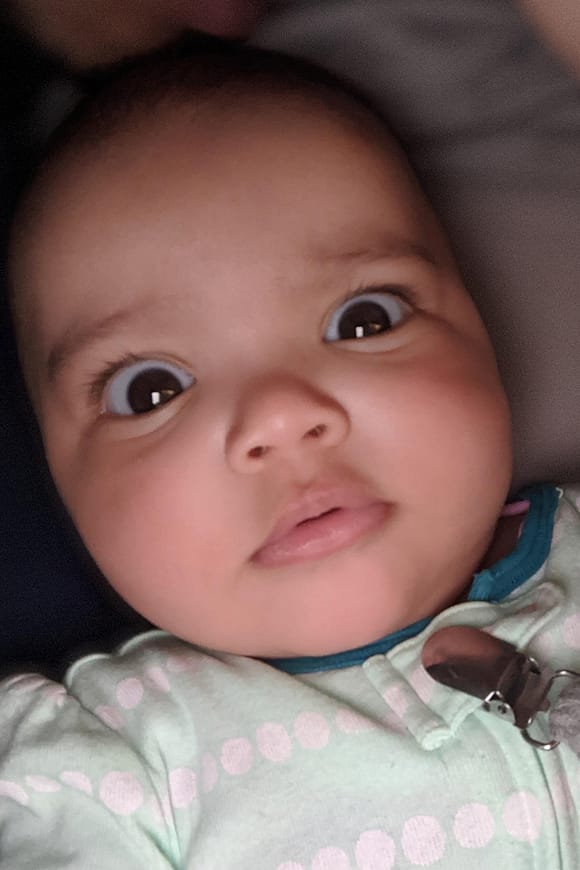
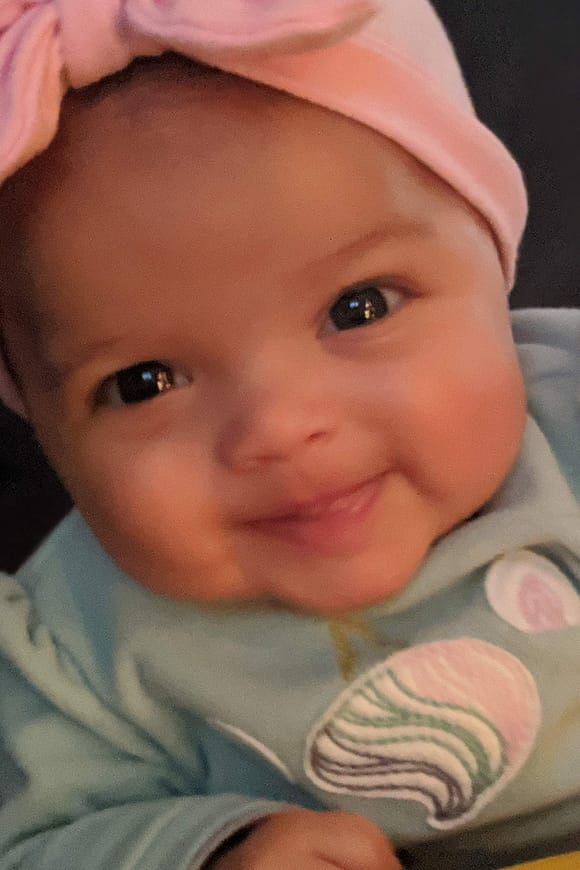






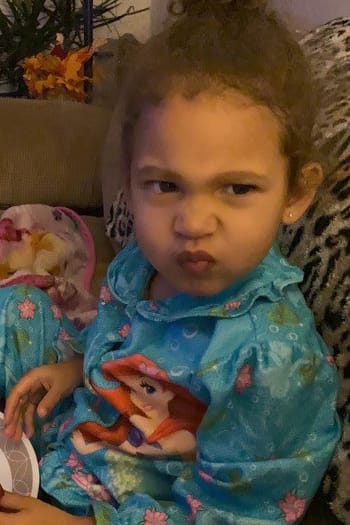
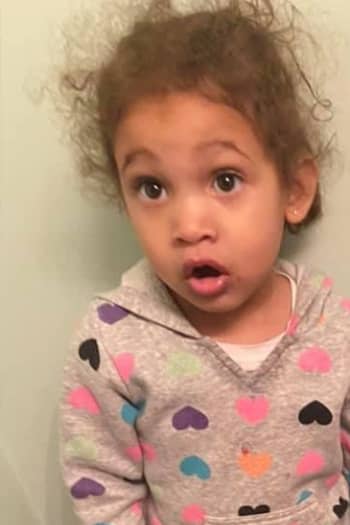
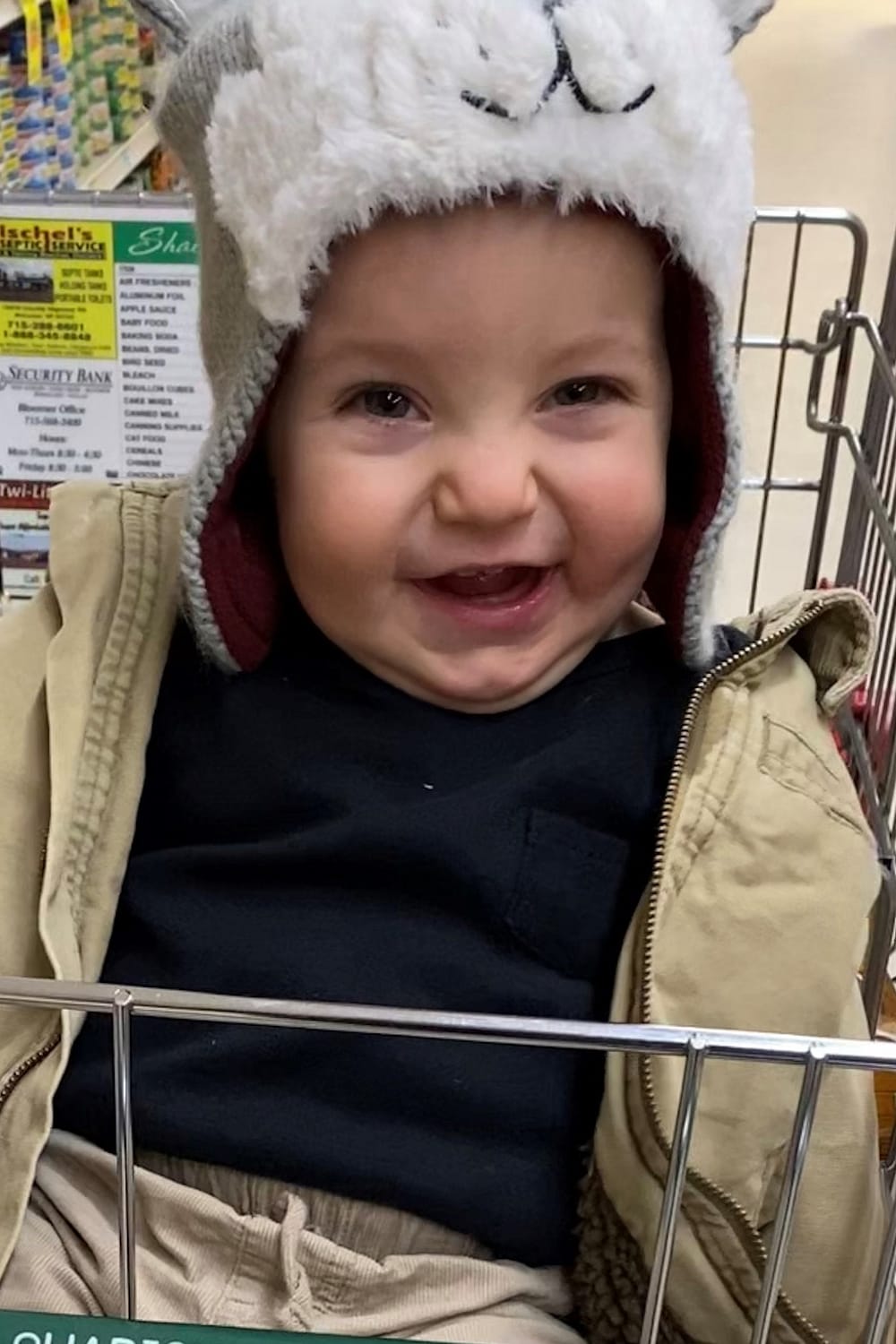
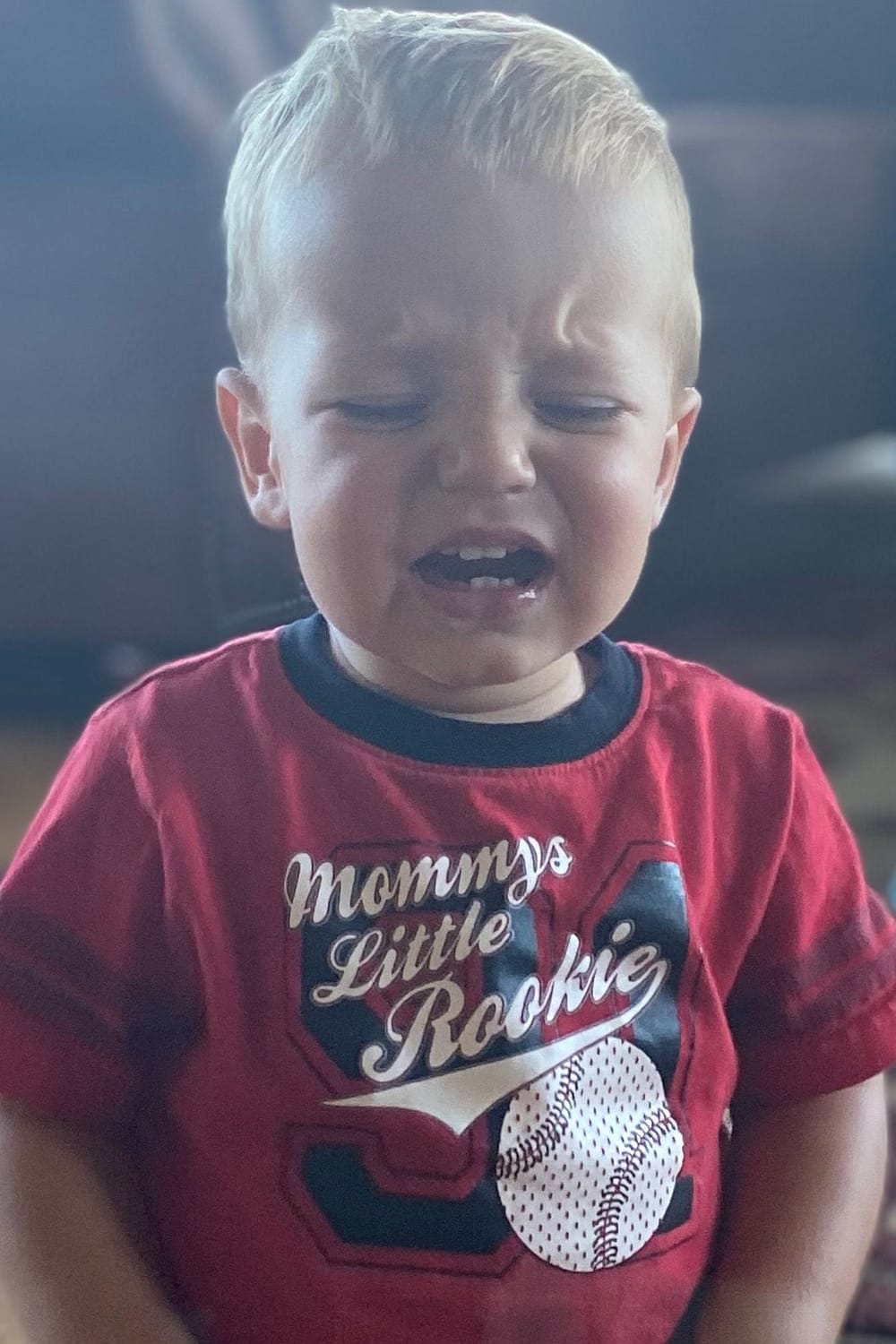




Sung to the tune of “Twinkle Twinkle Little Star”

I have feelings (point to self)
So do you (point to children)
Let’s all sing about a few.
I am happy (smile).
I am sad (frown).
I get scared. (Wrap arms around self and make a scared face).
I get mad (make a fist and shake it or stomp feet).
I am proud of being me (hands on hips, shoulders straight, smile)
That’s a feeling too, you see.
I have feelings (point to self)
You do, too (Point to children)
We just sang about a few.
Play the music by clicking the play button below and you sing the words!
Sung to the tune of “Twinkle Twinkle Little Star”

I have feelings (point to self)
So do you (point to children)
Let’s all sing about a few.
I am happy (smile).
I am sad (frown).
I get scared. (Wrap arms around self and make a scared face).
I get mad (make a fist and shake it or stomp feet).
I am proud of being me (hands on hips, shoulders straight, smile)
That’s a feeling too, you see.
I have feelings (point to self)
You do, too (Point to children)
We just sang about a few.
Play the music by clicking the play button below and you sing the words!
Marvel at the rich variety of feelings in this beautiful mosaic. Thanks to everyone who submitted photos!
The next time a child is having some intense emotions, check in with yourself, model a few deep breaths, and remind yourself these feelings are valuable and temporary. Taking this moment helps to equip us to bring calm to a young child’s emotional storm. When we help children to name the emotions they are experiencing (i.e. “I can see you are upset that you cannot have a popsicle before dinner.”) and respond with validation (i.e. “It is really disappointing to not get what you want.”) it helps to release the intensity of the feeling. With validation, children also become more receptive to our subsequent attempts to support their coping, (i.e. “Let’s take a deep breath together.” “Would you like a hug?”).
There will be times when we misunderstand or do not respond to our children’s emotions and behavior as sensitively as we may hope or intend to. We are human and adults make missteps too. When we have missed the mark, it’s an opportunity to go back and model accountability and repair, “I’m sorry I yelled, I was frustrated and needed to take a moment so I could talk without yelling. Can we have a do-over?” Accountability and efforts to repair a relationship are also extremely valuable skills for children to learn.
The next time a child is having some intense emotions, check in with yourself, model a few deep breaths, and remind yourself these feelings are valuable and temporary. Taking this moment helps to equip us to bring calm to a young child’s emotional storm. When we help children to name the emotions they are experiencing (i.e. “I can see you are upset that you cannot have a popsicle before dinner.”) and respond with validation (i.e. “It is really disappointing to not get what you want.”) it helps to release the intensity of the feeling. With validation, children also become more receptive to our subsequent attempts to support their coping, (i.e. “Let’s take a deep breath together.” “Would you like a hug?”).
There will be times when we misunderstand or do not respond to our children’s emotions and behavior as sensitively as we may hope or intend to. We are human and adults make missteps too. When we have missed the mark, it’s an opportunity to go back and model accountability and repair, “I’m sorry I yelled, I was frustrated and needed to take a moment so I could talk without yelling. Can we have a do-over?” Accountability and efforts to repair a relationship are also extremely valuable skills for children to learn.
Wisconsin Alliance for Infant Mental Health
Attention: The Power of Connection
6213 Middleton Springs Dr. Suite 204
Middleton, WI 53562
The Power of Connection: Discover the Magic was made possible by the Preschool Development Grant. It was made in collaboration with Soul Shine Creative Studio. The contents are solely the responsibility of the authors and do not necessarily represent the official views of the Wisconsin Department of Children and Families or the U.S. Department of Health & Human Services.
© WI-AIMH 2024
info@wiaimh.org
(608) 563-9714
The Power of Connection: Discover the Magic was made possible by the Preschool Development Grant. It was made in collaboration with Soul Shine Creative Studio. The contents are solely the responsibility of the authors and do not necessarily represent the official views of the Wisconsin Department of Children and Families or the U.S. Department of Health & Human Services.